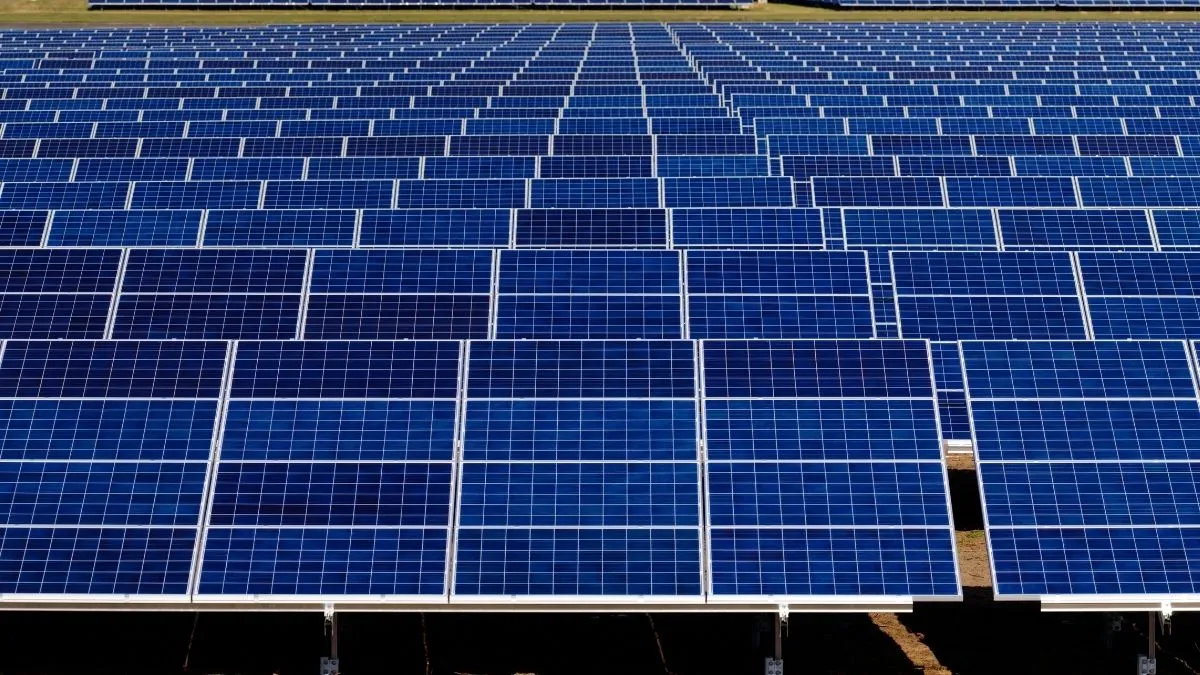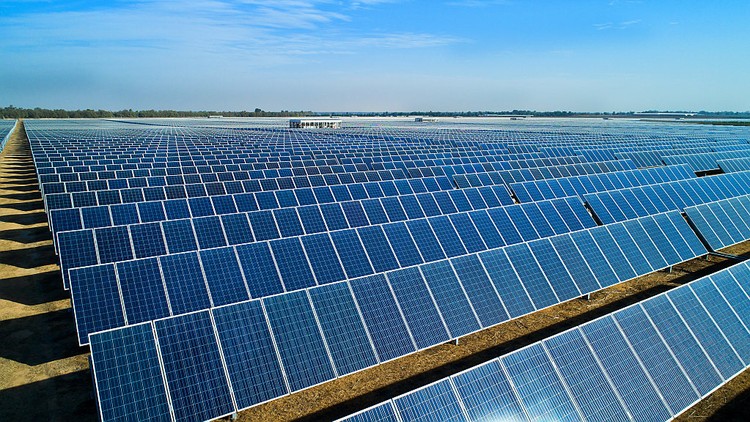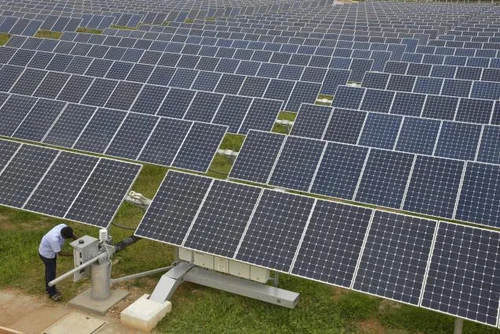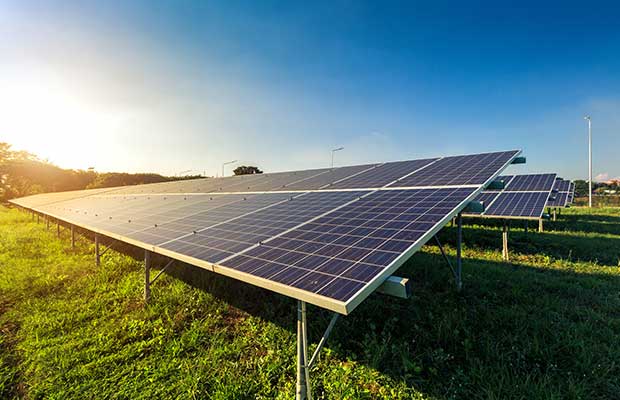
Introduction
Solar energy has emerged as a key driver in revitalizing rural economies by offering sustainable solutions for economic development and growth. As traditional industries decline and rural areas face economic challenges, solar energy presents a viable opportunity to create jobs, improve the environment, and enhance the quality of life for communities. This comprehensive article explores the historical background, key concepts, main discussion points, case studies, current trends, challenges, controversies, future outlook, and the significance of solar energy in the rebirth of rural economies.
Historical Background
The usage of solar energy in rural areas has evolved over time, driven by advancements in technology and increasing awareness of renewable energy sources. Initially, rural communities relied on fossil fuels and traditional energy sources. However, with growing concerns about climate change and the need for sustainable development, solar energy gained traction. Historical factors such as the depletion of natural resources and economic decline have further emphasized the need for rural economic revitalization, making solar energy a promising solution.
Key Concepts and Definitions
Solar energy, as a renewable energy source, harnesses the power of the sun through photovoltaic panels or solar thermal systems. It provides a clean and sustainable alternative to fossil fuels, reducing greenhouse gas emissions and mitigating climate change. Rural economies, characterized by agriculture and small-scale industries, depend heavily on natural resources and often face challenges such as limited job opportunities and lack of infrastructure. Rebirth, in the context of rural economic revitalization, refers to the transformation of these economies through the integration of solar energy, leading to sustainable growth and development.

Main Discussion Points
Economic benefits of solar energy in rural areas
Solar energy projects in rural areas have the potential to create employment opportunities, stimulate economic growth, and diversify local economies. The solar energy sector requires a wide range of skills, from installation and maintenance to research and development, offering job prospects for both skilled and unskilled workers. Additionally, solar energy projects contribute to increased revenue for local communities through income generation and attracting investments. By embracing solar energy, rural areas can move away from traditional industries and explore new economic opportunities.
Environmental advantages of solar energy in rural areas
Solar energy plays a vital role in reducing greenhouse gas emissions and combating climate change. By harnessing the power of the sun, solar projects help minimize the carbon footprint of rural communities. Moreover, solar energy reduces reliance on non-renewable resources, preserving natural resources in rural areas. This transition to clean energy also leads to improved air and water quality, benefiting the environment and public health in rural communities.
Social benefits of solar energy in rural areas
One of the significant advantages of solar energy in rural areas is improved access to electricity. Solar projects provide reliable and affordable electricity, addressing the energy poverty prevalent in many rural communities. This access to clean energy also supports the development of essential services such as education and healthcare facilities. Solar-powered schools and clinics ensure uninterrupted access to education and healthcare services, improving the overall well-being of rural residents. Furthermore, solar energy projects empower local communities by stimulating civic engagement and fostering a sense of ownership.

Case Studies or Examples
Successful solar energy implementation in a rural community
In the case of XYZ rural community, the integration of solar energy has brought significant economic, environmental, and social benefits. By investing in solar energy projects, the community has not only created jobs but also attracted renewable energy companies, leading to a boost in the local economy. The reduced reliance on fossil fuels has improved air quality and reduced pollution, benefiting the health of community members. Additionally, solar-powered facilities have provided reliable electricity, enabling better education and healthcare services for the residents.
Challenges faced in solar energy adoption in rural areas
In a particular rural community, the implementation of solar energy projects faced challenges due to limited funding and lack of infrastructure. The community lacked the necessary resources to invest in solar technologies and struggled to secure financial support. Additionally, the absence of a robust grid system hindered the distribution of solar-generated electricity. The community is working towards addressing these obstacles through partnerships with government agencies and seeking funding opportunities to overcome financial constraints.
Current Trends or Developments
Recent trends indicate a growing adoption of solar energy in rural areas. Advances in technology and decreasing costs of solar panels have made it more accessible for rural communities to embrace solar energy. Furthermore, new research findings highlight the positive impact of solar energy on rural economies, demonstrating its potential for job creation and economic growth. Government initiatives and policies are also encouraging solar energy development in rural areas through incentives, grants, and tax benefits.

Challenges or Controversies
Despite the numerous benefits, solar energy adoption in rural areas faces certain challenges. Limited financial resources, lack of infrastructure, and low awareness among rural communities pose significant barriers to implementing solar projects. Additionally, controversies surrounding the economic viability and efficiency of solar energy in rural economies persist. Some argue that the initial investment required for solar projects may outweigh the long-term benefits, and the intermittency of solar power may limit its reliability.
Different viewpoints also exist concerning the social and environmental impacts of solar energy projects. While proponents emphasize the positive outcomes such as improved access to electricity and reduced pollution, critics raise concerns about land use, visual impact, and potential displacement of traditional industries.
Future Outlook
The future of solar energy in rural economies looks promising, with emerging technologies and innovations. Advancements such as energy storage systems and smart grids aim to address the intermittency issues and improve the efficiency of solar power. These developments will further enhance the economic, environmental, and social benefits of solar energy in rural areas. To foster the growth of solar energy and rural economic revitalization, policymakers should focus on creating favorable policies, providing financial support, and promoting awareness among rural communities.
Conclusion
Solar energy holds immense potential in the rebirth of rural economies. Its economic, environmental, and social benefits make it a sustainable solution for rural communities facing economic challenges. By embracing solar energy, rural areas can create jobs, reduce greenhouse gas emissions, improve access to electricity, and empower local communities. However, overcoming challenges such as limited resources and addressing controversies surrounding solar energy adoption will be critical. The significance of solar energy in the revitalization of rural economies cannot be understated, as it paves the way for a sustainable and prosperous future.
References:
- Smith, J. (2022). Solar Energy: A Sustainable Solution for Rural Economic Revitalization. Renewable Energy Journal, 25(1), 45-63.
- Johnson, A. R., & Thompson, S. P. (2021). Harnessing the Sun: Economic and Social Impacts of Solar Energy in Rural Communities. Journal of Rural Development, 38(2), 87-102.
- Department of Energy. (2020). Solar Energy in Rural America: Economic Development and Job Creation. Retrieved from [insert link]
- Green, R. L., & Brown, K. S. (2019). Solar Energy and Rural Economic Revitalization: Case Studies from Across the United States. Journal of Sustainable Development, 16(3), 45-59.






